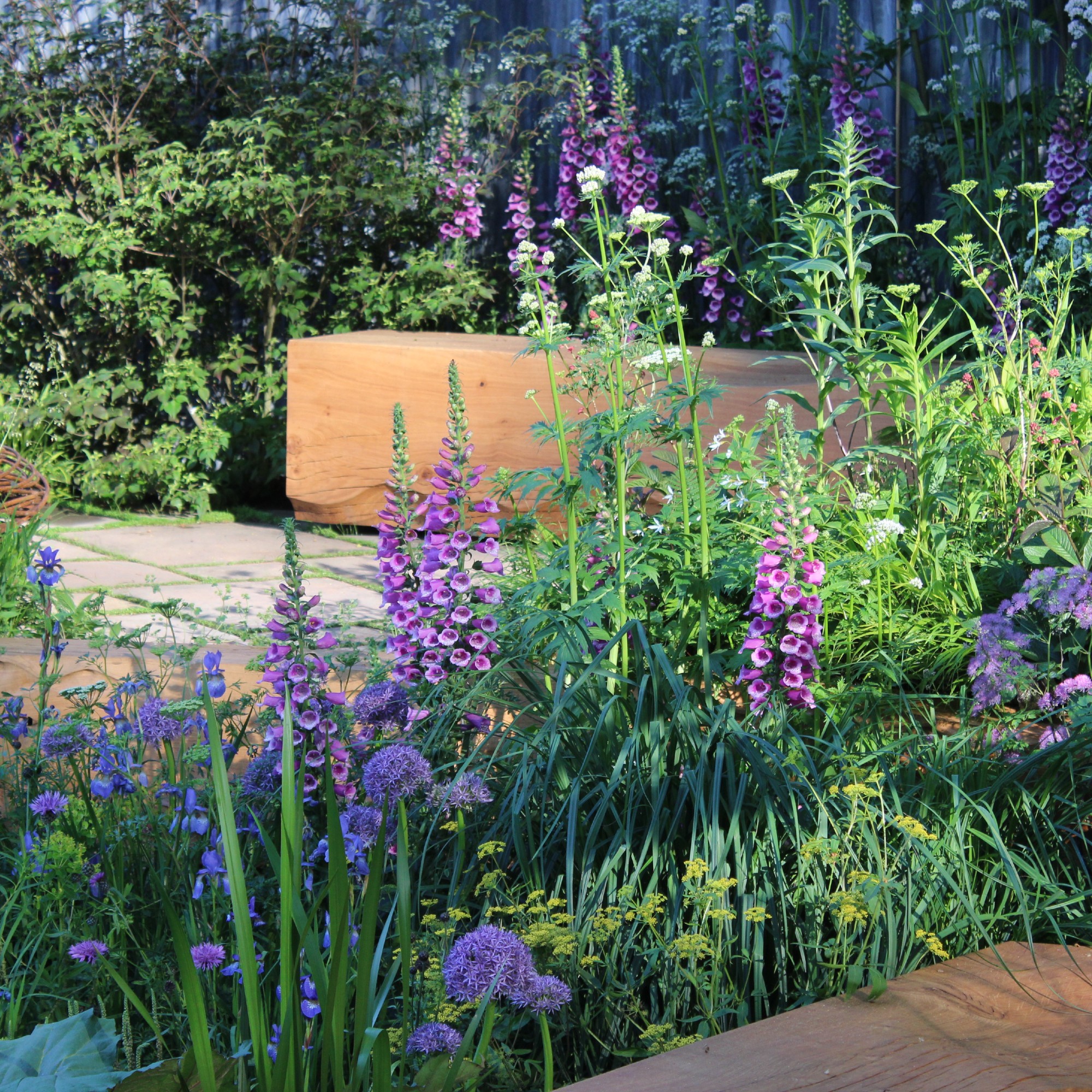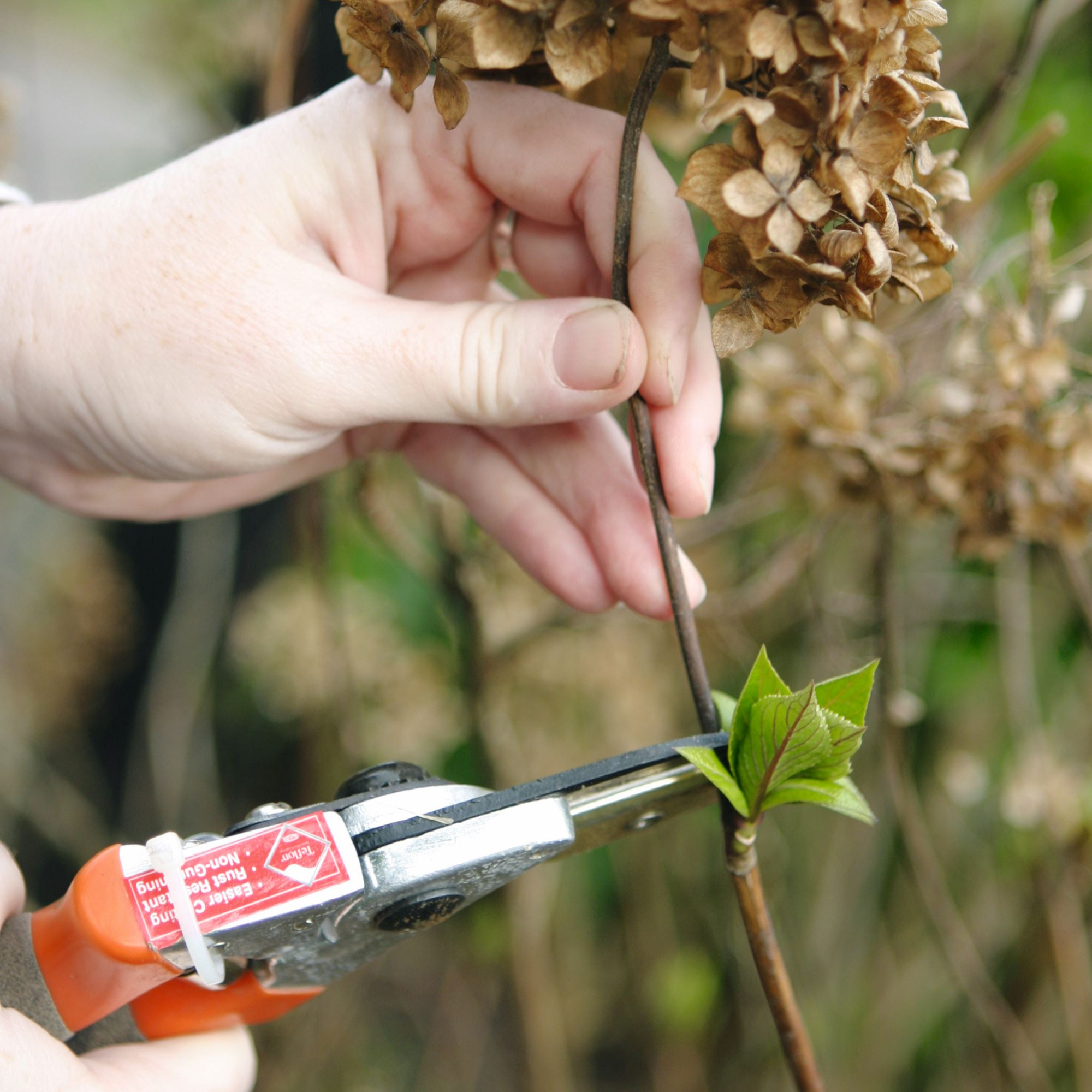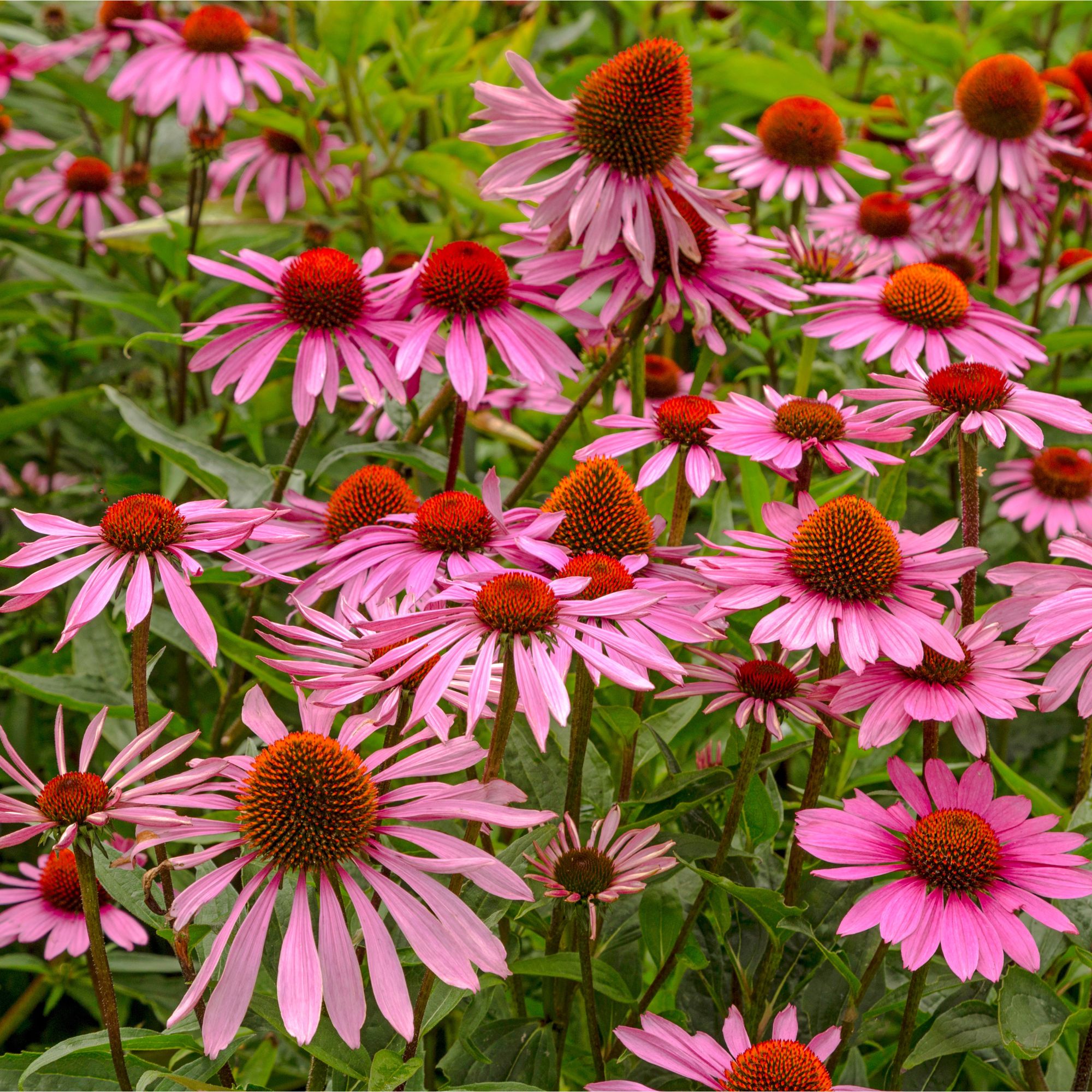
Deadheading is one of the most popular garden tasks, and it's something you'll have in mind if you have flowering plants in your garden. But should you deadhead perennials?
While it's true that there are some plants you shouldn't deadhead if you want to cater for wildlife, perennials are usually deadheaded throughout the growing season for various other benefits. In fact, there are lots of plants you should deadhead for a second bloom.
'Deadheading perennials is a common gardening practice that involves removing faded or spent flowers from the plant,' says Tim Marshall, head gardener at Raby Castle. 'The primary purpose of deadheading is to encourage plants to produce more blooms and improve overall aesthetics.'
But is it necessary? We asked garden experts for their take on whether you should deadhead perennials.
What you'll need
Deadheading isn't necessary for all perennials, but the general rule of thumb is that it's good practice, as long as you ensure you aren't making any common deadheading mistakes.
'While deadheading is not necessary for all perennial flowers, it can be beneficial for many species,' says Tim.
But what are the benefits?
'If you take the spent flowers off, it can boost the plant's blooming potential during the growing season,' says Jane Dobbs from Allan's Gardeners. 'It's great for perennials that bloom all year. Plus, by removing faded and unsightly flowers, deadheading helps keep the garden looking tidy and attractive.'

If you're wondering why deadheading is so effective, the answer is simple. 'Basically, it stops seeds from forming, so more energy goes to growing and blooming rather than seed production,' says Jane. 'Your plants will grow healthier and flower more.'
But deadheading perennials isn't just about bolstering your plants' flower power. 'Old and decaying flowers can spread diseases caused by rotting plant material, so removing them can reduce the chances,' Jane adds.
For this reason, it's important to make sure you're deadheading your perennials correctly. 'Cut the whole stem right down at the bottom,' advises Angela Slater, gardening expert at Hayes Garden World. 'Don’t just remove the head, otherwise you’ll be left with a lot of unsightly stems. Plus, leaving decaying matter on the plant could provide a home for fungal diseases which will weaken the whole plant.
'Mildew thrives in warm, dry conditions, so removing the spent stems will
allow airflow around the centre of the plant, too.'
Which perennials should you deadhead?
The list of perennials you should deadhead is long, but there are a few popular examples of plants that benefit particularly well.
'It is generally recommended to deadhead perennials that have a long blooming period or tend to have multiple flowering cycles,' says Tim from Raby Castle. 'Some examples of perennials that benefit from deadheading include Coreopsis, Salvia, coneflowers, and daisies.
'By removing the spent flowers on these plants, you can help prolong their blooming period and maintain their overall appearance.'
Other standout examples include daylilies, black-eyed Susans, geraniums and catmint, according to Jane from Allan's Gardeners. 'These perennials benefit from deadheading to encourage longer blooms and to improve their overall health.'

What happens if you don't deadhead perennials?
Although deadheading isn't always necessary, there are a few drawbacks to skipping the task.
'If you don't deadhead perennials, they'll channel their energy into seed production instead of blooming,' explains Jane from Allan's Gardeners. 'In the long run, this can lead to fewer blooms. Plus, having spent flowers in your garden can make it look untidy.'
Certain perennials will also begin to self-seed if you don't deadhead them, leading to unwanted plants spreading throughout your garden.
FAQs
How do you know when to deadhead perennials?
Like annuals, perennials will show tell-tale signs that they're in need of deadheading.
'To determine which perennial flowers to deadhead, a general rule of thumb is to remove spent flowers once they start to fade or wither,' says Tim from Raby Castle. 'Look for flowers that have turned brown or are no longer producing new flowers.
'Additionally, some plants may benefit from deadheading individual spent flowers rather than the entire flower cluster. Regular inspection and maintenance of your perennial plants will help you identify which flowers need deadheading to promote healthy growth and continued blooming.'
What perennial flowers should I not deadhead?
'Don’t deadhead any perennials which produce sculptural seed heads which can be made into Christmas decorations, or any which produce seeds for the birds,' advises Angela from Hayes Garden World. 'If your garden is lacking in interest over the winter, you could also leave the sculptural heads to provide a particularly pleasing sight in winter when there is a light covering of frost.'
So, should you deadhead perennials? While it isn't necessary for all plants, most will benefit, and you'll see the results in tidier floral displays that are full of life throughout the season.







